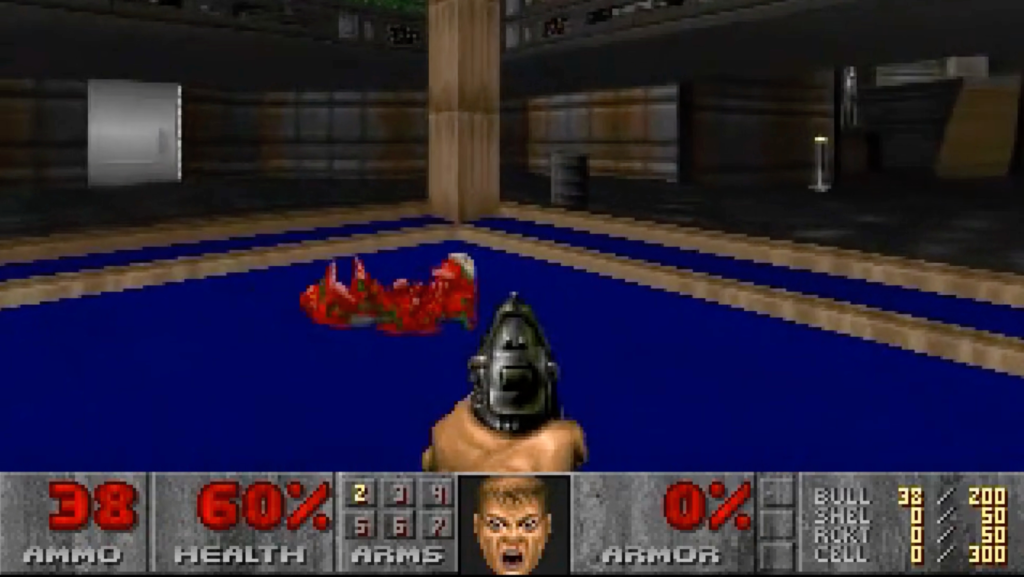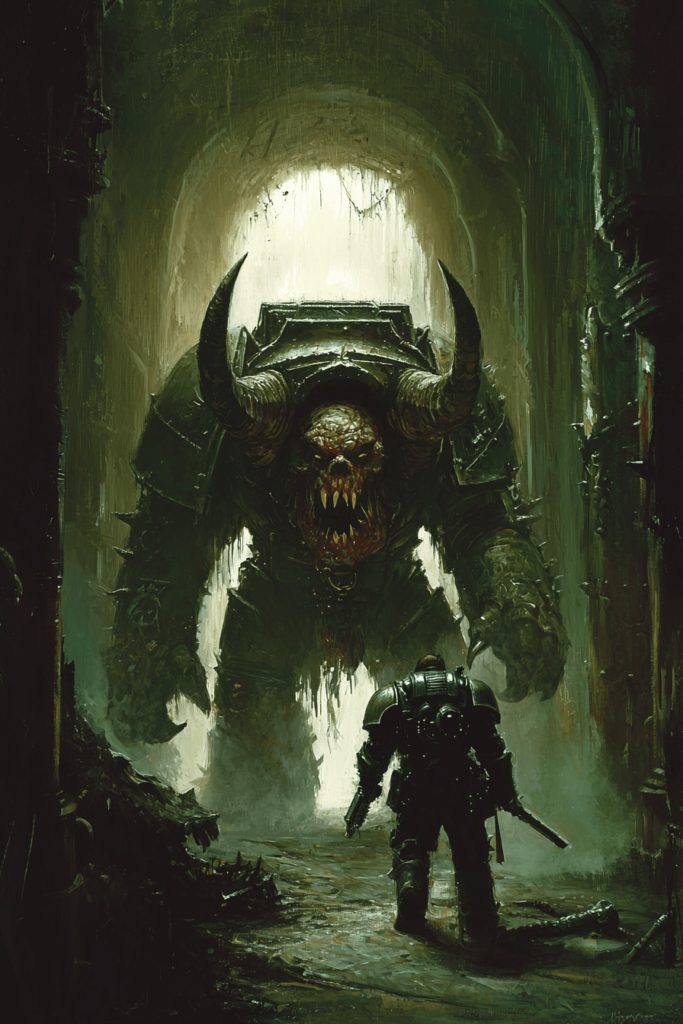Introduction of AI-Generated Doom
In March 2023, Nvidia’s CEO Jensen Huang predicted a future where every pixel in a game would be generated by AI instead of being rendered. Over a year later, this prediction has materialized in an AI-generated version of the 1993 classic “Doom.” This breakthrough goes beyond the mere recreation of the original game; it signifies a technological leap. While we delve into the history of “Doom,” the focus here is on the innovative AI game engine created by Google researchers. This engine promises to revolutionize gaming, bringing new possibilities and limitations worth exploring.
The History and Evolution of Doom
Released on December 10, 1993, “Doom” revolutionized gaming with its cutting-edge technology. Developed by id Software as a follow-up to “Wolfenstein 3D,” it introduced advanced 3D environments and lighting effects, though technically the game engine was referred to as 2.5D. Written in C on NeXT computers, “Doom” showcased groundbreaking features such as texture-mapped environments and variable ceiling heights. The game’s data was stored in WAD files (“Where’s All the Data”), which are still used by the modding community. Compared to side-scrollers and point-and-click adventures, “Doom” was a monumental leap forward.

AI-Generated Doom: GameNGen and Capabilities
Google’s “GameNGen” is a significant leap forward, powered by a neural model that allows players to interact with an AI-generated “Doom” in real-time. Unlike AI video generators that can only produce static footage, this engine generates each frame dynamically at 20 frames per second. It does so using two major AI components: a reinforcement learning (RL) agent and a stable diffusion model. The RL agent learns the rules of the game by playing “Doom” repeatedly, while the diffusion model generates the visuals. This unique combination allows the game to be played and not just viewed.

Building a Dynamic World Model
To make the AI-generated “Doom” interactive, the researchers developed a world model. Unlike procedural generation, where content is algorithmically placed, this world model adapts and changes based on player interaction. It can predict actions like shooting enemies or opening doors, offering a much more responsive experience. This AI-driven environment constantly generates frame-by-frame visual representations of the game state in real-time. While impressive, the model can only store about three seconds of gameplay context, leading to potential degradation over extended play sessions, especially when controlled by a human player rather than an AI agent.
The Future of AI in Game Development
While Google’s “Game Engine” presents a remarkable proof of concept, traditional game development pipelines are not going away anytime soon. Most AAA and indie games will still rely on the established methods of development. However, AI-driven tools like this could make game development more accessible to a wider range of creators. Though not ready for consumer-grade use, the engine opens up exciting possibilities, hinting at a future where dungeons or even worlds could be dynamically generated on demand. “Doom” was chosen for this project due to its low-resolution, open-source nature, and historical significance, making it an ideal test case.





